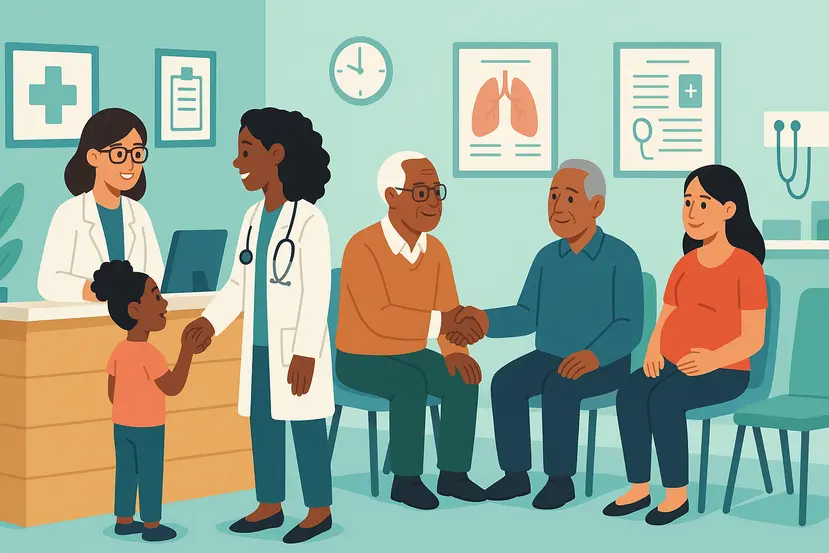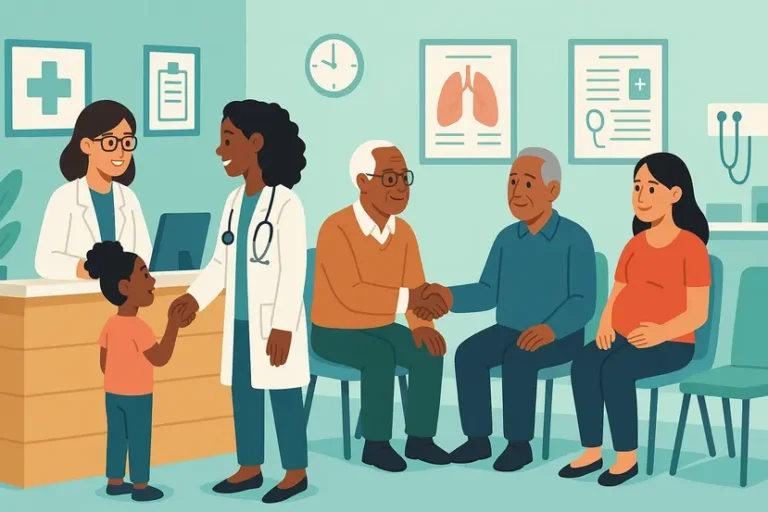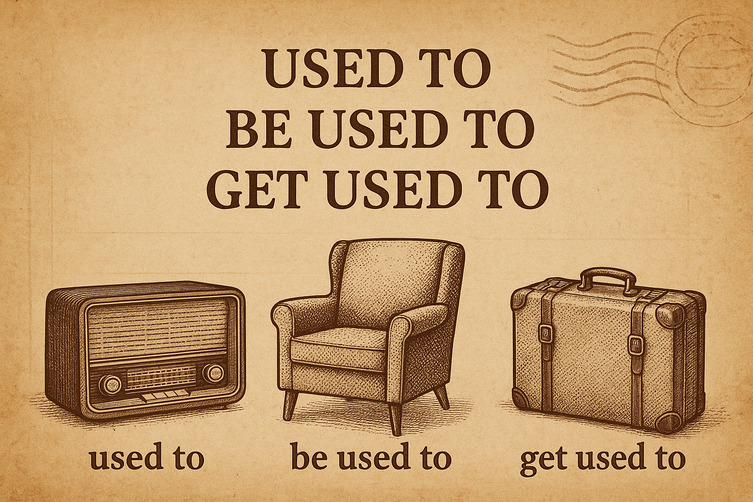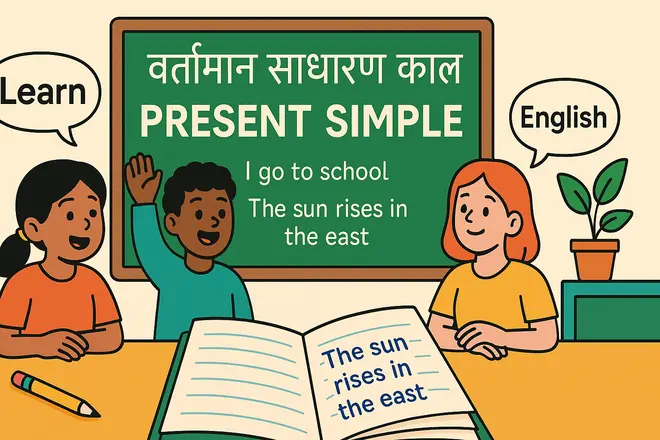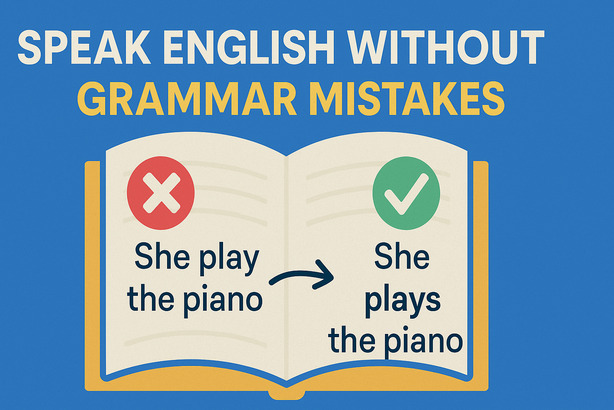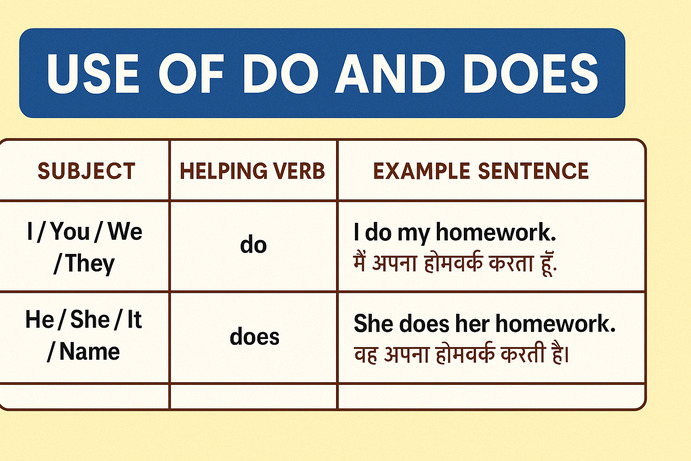Introduction to Advanced Medical Vocabulary
Understanding medical terminology is crucial in today’s world, where health-related conversations are part of everyday life. Whether you’re visiting a doctor, reading health articles, or discussing your health, knowing advanced medical vocabulary (चिकित्सा शब्दावली) empowers you to communicate confidently. This comprehensive guide covers over 50 advanced medical phrases and expressions, complete with Hindi translations, to help non-English learners navigate healthcare discussions. From distinguishing between types of patients to describing symptoms and understanding treatments, this post equips you with practical knowledge for real-world scenarios.
Types of Patients (मरीज़ के प्रकार)
Medical care involves two primary types of patients: inpatients and outpatients.
- Inpatient (अंत:स्थ मरीज़): A patient admitted to the hospital, staying overnight or longer, with a dedicated hospital room and bed. Severe cases may require the Intensive Care Unit (ICU) (गहन चिकित्सा इकाई).
- Outpatient (बाह्य मरीज़): A patient receiving care without hospital admission, such as visits to the Emergency Room (ER) (आपातकालीन कक्ष) or specialist consultations, returning home the same day.
Medical Professionals (चिकित्सा पेशेवर)
The healthcare system relies on various professionals, each with specialized roles.
- General Practitioner (GP) (सामान्य चिकित्सक): A primary care doctor treating a wide range of health issues, often referring patients to specialists.
- Specialists (विशेषज्ञ): Doctors focusing on specific medical areas, including:
- Cardiologist (हृदय रोग विशेषज्ञ): Treats heart conditions.
- Dermatologist (त्वचा विशेषज्ञ): Manages skin, hair, and nail issues.
- Pediatrician (बाल रोग विशेषज्ञ): Cares for children and adolescents.
- Optometrist (नेत्र विशेषज्ञ): Examines eyes and prescribes corrective lenses.
- Dentist (दंत चिकित्सक): Focuses on oral health.
- OBGYN (प्रसूति एवं स्त्री रोग विशेषज्ञ): Specializes in women’s reproductive health.
- Anesthesiologist (निश्चेतना विशेषज्ञ): Administers anesthesia during surgery.
- Radiologist (रेडियोलॉजिस्ट): Interprets imaging like X-rays and MRIs.
- Psychiatrist (मनोचिकित्सक): Treats mental health disorders.
- ENT (कान, नाक, गला विशेषज्ञ): Addresses ear, nose, and throat conditions.
- Nurses (नर्स): Registered Nurses (RN) (पंजीकृत नर्स) provide direct care, while Nurse Practitioners (NP) (नर्स प्रैक्टिशनर) can diagnose and treat specific conditions.
Learn more about healthcare roles at the American Medical Association.
Routine Checkups and Vital Signs (नियमित जांच और महत्वपूर्ण संकेत)
Regular checkups (नियमित जांच) with your GP are essential for monitoring health. During these, doctors assess vital signs (महत्वपूर्ण संकेत):
- Temperature (तापमान): Detects fever or hypothermia.
- Heart Rate (हृदय गति): Measures beats per minute.
- Blood Pressure (रक्तचाप): Assesses blood force against artery walls.
- Respiratory Rate (श्वसन दर): Counts breaths per minute.
For more on vital signs, visit the World Health Organization.
Symptoms and Diagnostic Tests (लक्षण और निदान परीक्षण)
Accurately describing symptoms (लक्षण) is key to effective diagnosis. Common symptoms include:
- Back Pain (पीठ दर्द): Discomfort in the back.
- Soreness in Limbs (अंगों में दर्द): Pain in arms or legs.
- Numbness (सुन्नता): Loss of sensation in extremities.
- Blurry Vision (धुंधला दृष्टि): Unclear eyesight.
- Nausea (मतली): Feeling of sickness or urge to vomit.
- Fever (बुखार): Elevated body temperature.
- Cough (खांसी): Sudden expulsion of air from lungs.
- Headache (सिरदर्द): Pain in the head.
- Fatigue (थकान): Extreme tiredness.
- Dizziness (चक्कर): Sensation of spinning.
- Shortness of Breath (सांस की तकलीफ): Difficulty breathing.
- Chest Pain (छाती में दर्द): Discomfort in the chest.
- Abdominal Pain (पेट दर्द): Stomach discomfort.
- Diarrhea (दस्त): Loose bowel movements.
- Constipation (कब्ज): Infrequent bowel movements.
- Rash (चकत्ते): Red, irritated skin.
- Itching (खुजली): Sensation prompting scratching.
- Swelling (सूजन): Enlarged areas due to fluid buildup.
Doctors may order diagnostic tests (निदान परीक्षण) like:
- Blood Tests (रक्त परीक्षण): Detect infections or diseases.
- Urine Tests (मूत्र परीक्षण): Identify urinary issues.
- Imaging Tests (इमेजिंग परीक्षण): X-rays, CT scans, MRIs, or ultrasounds.
- Biopsies (बायोप्सी): Tissue sample analysis.
- Endoscopies (एंडोस्कोपी): Internal examination using a camera.
For more on diagnostic tests, see Harvard Health.
Treatment Options and Prescriptions (उपचार विकल्प और नुस्खे)
Post-diagnosis (निदान), doctors discuss treatment options (उपचार विकल्प), such as lifestyle changes, medication, or surgery. Medications require a prescription (नुस्खा) taken to a pharmacy (दवा की दुकान), where a pharmacist (औषध विक्रेता) provides the dosage (खुराक) and explains side effects (दुष्प्रभाव).
50+ Advanced Medical Phrases for Daily Use
Here are over 50 advanced medical phrases and expressions, with Hindi translations, to use in healthcare settings:
- I have an appointment with Dr. Sharma at 3 p.m. (मेरी 3 बजे डॉक्टर शर्मा के साथ नियुक्ति है।)
- Please have a seat in the waiting room. (कृपया प्रतीक्षा कक्ष में बैठें।)
- The doctor will see you shortly. (डॉक्टर जल्द ही आपसे मिलेंगे।)
- Is your information on file up to date? (क्या आपकी फाइल में जानकारी अपडेट है?)
- What brings you in today? (आप आज यहाँ क्यों आए हैं?)
- I’ve had a high fever for four days. (मुझे चार दिन से तेज़ बुखार है।)
- It hasn’t gone down despite taking Tylenol. (टायलनॉल लेने के बावजूद यह कम नहीं हुआ।)
- I’m burning up. (मुझे बहुत गर्मी लग रही है।)
- I’ve had a persistent cough since last month. (पिछले महीने से मुझे लगातार खांसी है।)
- It’s getting worse. (यह और खराब हो रहा है।)
- Yesterday, my vision suddenly became blurry in one eye. (कल, मेरी एक आँख में अचानक दृष्टि धुंधली हो गई।)
- There’s a strange rash spreading across my arms and chest. (मेरे हाथों और छाती पर एक अजीब चकत्ते फैल रहे हैं।)
- I’ll write you a prescription for this medication. (मैं आपके लिए इस दवा का नुस्खा लिखूँगा।)
- You can get this over the counter. (आप इसे बिना नुस्खे के खरीद सकते हैं।)
- I’m suffering from severe back pain. (मुझे गंभीर पीठ दर्द हो रहा है।)
- My pain is an 8 on a scale of 1 to 10. (मेरा दर्द 1 से 10 के पैमाने पर 8 है।)
- I have watery eyes. (मेरी आँखें पानी जैसी हैं।)
- I feel nauseous. (मुझे मतली हो रही है।)
- My left arm is sore. (मेरा बायाँ हाथ दर्द कर रहा है।)
- My feet are numb. (मेरे पैर सुन्न हैं।)
- I have a headache. (मुझे सिरदर्द है।)
- I’m experiencing dizziness. (मुझे चक्कर आ रहे हैं।)
- I have shortness of breath. (मुझे सांस की तकलीफ है।)
- My chest pain started two days ago. (मेरी छाती में दर्द दो दिन पहले शुरू हुआ।)
- I’m dealing with abdominal pain. (मुझे पेट दर्द हो रहा है।)
- I’ve had diarrhea for three days. (मुझे तीन दिन से दस्त है।)
- I’m constipated. (मुझे कब्ज है।)
- The rash is itchy. (चकत्ते में खुजली हो रही है।)
- I notice swelling in my legs. (मेरे पैरों में सूजन है।)
- Can you check my vital signs? (क्या आप मेरे महत्वपूर्ण संकेत जांच सकते हैं?)
- I need a referral to a specialist. (मुझे विशेषज्ञ के लिए रेफरल चाहिए।)
- What are the side effects of this medication? (इस दवा के दुष्प्रभाव क्या हैं?)
- How often should I take this dosage? (मुझे यह खुराक कितनी बार लेनी चाहिए?)
- I need a follow-up appointment. (मुझे अनुवर्ती नियुक्ति चाहिए।)
- My symptoms started last week. (मेरे लक्षण पिछले हफ्ते शुरू हुए।)
- I’m allergic to penicillin. (मुझे पेनिसिलिन से एलर्जी है।)
- Can you explain my diagnosis? (क्या आप मेरा निदान समझा सकते हैं?)
- I have a family history of heart disease. (मेरे परिवार में हृदय रोग का इतिहास है।)
- I’m experiencing fatigue constantly. (मुझे लगातार थकान हो रही है।)
- My throat is sore. (मेरा गला खराब है।)
- I have a toothache. (मुझे दांत दर्द है।)
- My joints are stiff. (मेरे जोड़ अकड़ गए हैं।)
- I’m having trouble sleeping. (मुझे नींद आने में परेशानी हो रही है।)
- My blood pressure is high. (मेरा रक्तचाप अधिक है।)
- I need an X-ray for my injury. (मेरी चोट के लिए मुझे एक्स-रे चाहिए।)
- Can you perform a blood test? (क्या आप रक्त परीक्षण कर सकते हैं?)
- I’m scheduled for an MRI. (मेरी एमआरआई निर्धारित है।)
- My condition is chronic. (मेरी स्थिति दीर्घकालिक है।)
- I’m recovering from surgery. (मैं सर्जरी से उबर रहा हूँ।)
- The treatment is working well. (उपचार अच्छी तरह काम कर रहा है।)
- I have a low-grade fever. (मुझे हल्का बुखार है।)
- My symptoms are intermittent. (मेरे लक्षण रुक-रुक कर आते हैं।)
- I’m concerned about my cholesterol levels. (मुझे मेरे कोलेस्ट्रॉल स्तर की चिंता है।)
- Can you adjust my medication? (क्या आप मेरी दवा समायोजित कर सकते हैं?)
Common Medical Terms (सामान्य चिकित्सा शब्द)
Enhance your vocabulary with these terms and their Hindi translations:
- Vital Signs (महत्वपूर्ण संकेत): Basic body function measurements.
- Symptoms (लक्षण): Indicators of a condition.
- Diagnosis (निदान): Identifying a disease.
- Treatment (उपचार): Managing a patient’s condition.
- Prescription (नुस्खा): Written order for medication.
- Dosage (खुराक): Medication amount and frequency.
- Side Effects (दुष्प्रभाव): Unintended medication effects.
- Follow-up Appointment (अनुवर्ती नियुक्ति): Visit to monitor treatment.
- Appointment (नियुक्ति): Scheduled healthcare visit.
- Waiting Room (प्रतीक्षा कक्ष): Area for patients to wait.
- Medical File (चिकित्सा फाइल): Patient’s medical history record.
- Over the Counter (OTC) (बिना नुस्खे की दवा): Medications without a prescription.
Common Medical Abbreviations (सामान्य चिकित्सा संक्षिप्ताक्षर)
Common abbreviations with Hindi explanations:
| Abbreviation | Meaning (अर्थ) |
|---|---|
| BP | Blood Pressure (रक्तचाप) |
| HR | Heart Rate (हृदय गति) |
| RR | Respiratory Rate (श्वसन दर) |
| Temp | Temperature (तापमान) |
| WBC | White Blood Cell Count (श्वेत रक्त कोशिका गणना) |
| RBC | Red Blood Cell Count (लाल रक्त कोशिका गणना) |
| HDL | High-Density Lipoprotein (उच्च घनत्व लिपोप्रोटीन) |
| LDL | Low-Density Lipoprotein (निम्न घनत्व लिपोप्रोटीन) |
| MRI | Magnetic Resonance Imaging (चुंबकीय अनुनाद इमेजिंग) |
| CT | Computed Tomography (कंप्यूटेड टोमोग्राफी) |
| X-ray | Radiation-based imaging (एक्स-रे) |
| ECG/EKG | Electrocardiogram (इलेक्ट्रोकार्डियोग्राम) |
| OT | Occupational Therapy (व्यवसाय चिकित्सा) |
| PT | Physical Therapy (शारीरिक चिकित्सा) |
| RX | Prescription (नुस्खा) |
For more abbreviations, visit SGU.
Conclusion
Mastering over 50 advanced medical phrases (उन्नत चिकित्सा वाक्यांश) with Hindi translations empowers non-English learners to navigate healthcare confidently. From booking appointments to describing symptoms and understanding treatments, this knowledge enhances communication with medical professionals. Always ask your healthcare provider for clarification if a term is unclear to stay informed about your health.
Explore related topics like How to Communicate Effectively with Your Doctor, Understanding Your Medical Diagnosis, or The Importance of Regular Health Checkups

